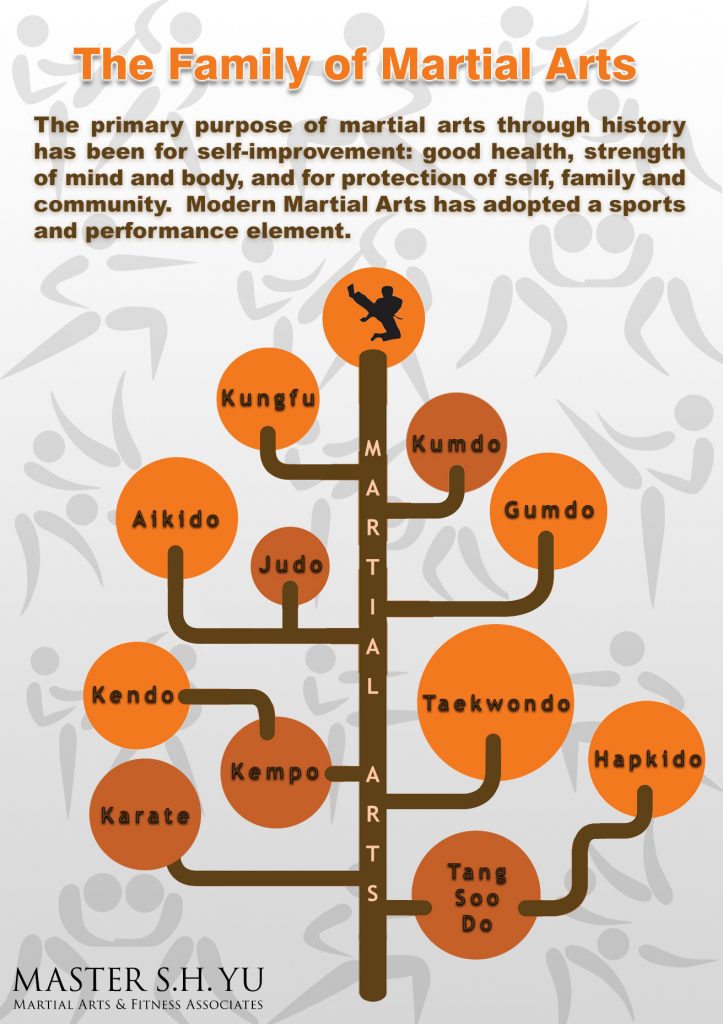Traditional Martial Arts And Modern Battle Sports: A Comprehensive Review Of Their Distinct Differences
Traditional Martial Arts And Modern Battle Sports: A Comprehensive Review Of Their Distinct Differences
Blog Article
Article Developed By-Camp Finnegan
When you think about martial arts, do you lean much more towards the typical techniques or the modern battle sporting activities? Each path uses distinct benefits and experiences, formed by their ideologies and training techniques. Typical martial arts emphasize personal development and self-control, while contemporary battle sporting activities concentrate on competitors and performance. Recognizing these distinctions can assist you in selecting the right method for your journey. But just how do these distinctions materialize in training and philosophy?
The Ideology and History Behind Standard Martial arts
While lots of people link martial arts with physical fight, the approach and history behind standard martial arts run much deeper. You'll locate that these self-controls highlight individual development, discipline, and respect.
Stemming from ancient techniques, traditional martial arts were often developed for Self-Defense and spiritual advancement. They personify concepts such as balance, consistency, and self-discipline, assisting experts beyond simple battling abilities.
As you train, you'll not only find out methods yet likewise gain insights right into the society and values that formed these arts. The routines and practices, typically given with generations, cultivate a sense of neighborhood and belonging.
The Competitive Nature of Modern Combat Sports
Modern combat sports have actually changed the landscape of martial arts into an extremely competitive sector, where professional athletes challenge in a test of skill, strategy, and endurance.
You'll observe that competitors are typically organized with strict guidelines and guidelines, ensuring fair play and security. These events attract huge target markets, fueling the enjoyment and strength of competitions.
Athletes educate carefully, not just for physical expertise but also for psychological strength, understanding that every detail counts in the ring. https://emiliokwfnx.blogginaway.com/36224024/explore-the-importance-of-self-defense-courses-for-university-student-looking-for-raised-safety-and-security-and-confidence during competitors is palpable, as competitors push their limitations to declare triumph.
Fans appreciate the athleticism and creativity involved, making modern-day battle sporting activities a thrilling phenomenon that continues to progress and astound lovers around the globe.
Training Techniques and Strategies: A Comparative Analysis
The affordable ambience of modern battle sports demands cutting-edge training approaches that differ substantially from conventional martial arts.
In modern-day training, you'll concentrate on details techniques, competing, and conditioning, often making use of drills that mimic actual battle circumstances. You'll see an emphasis on quantifiable performance and frequent competition to assess your abilities.
In contrast, standard martial arts focus on kinds, katas, and thoughtful mentors, often emphasizing discipline and regard over competitors.
Training is usually less extreme and may include repetitive method instead of real-time sparring.
While both methods develop ability and fitness, modern battle sports offer a more vibrant and adaptable training environment, preparing you for immediate obstacles in the ring or cage.
Pick the course that straightens with your objectives and rate of interests.
Final thought
In selecting between typical martial arts and modern battle sports, it actually boils down to what you value a lot of. If https://martial-arts-for-kids-wit21975.blogs100.com/36065896/benefits-of-martial-arts-instruction-for-kids looking for personal growth, self-control, and a sense of area, standard arts might be your finest fit. But if you prosper on competitors and real-time challenges, contemporary combat sports could be the means to go. Eventually, both courses provide one-of-a-kind advantages, so it's everything about straightening your training with your individual goals and rate of interests.
